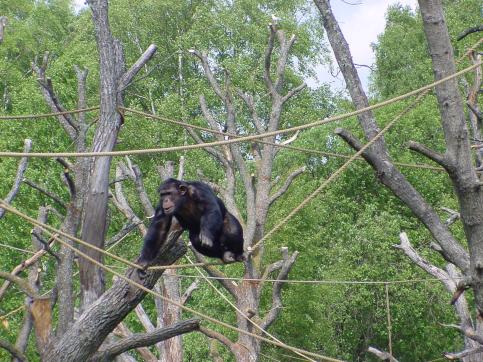Data analysis

The amount of liquid consumed by each animal from each bottle was recorded, summed for the ten test trials performed with a given stimulus combination and converted to percentages. An animal was only regarded as significantly preferring one of the two stimuli if a criterion of 66.7% was resched (which corresponds to 2/3 of the total amount of liquid consumed). Additionally, if the animal consumed more from the bottle containing the preferred stimulus in at least 9 out of 10 trials, which corresponds to p<0.05 in a two-tailed binomial test.
In order to make statements about the performance of the chimpanzees as a group, I built a mean value (± standard deviation) from the three individual percentages of preference. Additionally, I summed the three individual preference ratios for a given stimulus combination and considered a group preference to be statistically significant if the animals drank more from the preferred stimulus in at least 21 out of 30 trials, which corresponds to P<0.05 in a two-tailed binomial test.
Additionally, regarding the taste difference threshold test, the smallest taste-intensity difference, or the so-called “JND” (just notable difference), that the animals were able to detect was calculated by taking the difference between the reference concentration and the nearest concentration which elicited a preference. For example, the JND-value of an animal that preferred 100 mM over 70 mM, but not over 80 mM, is 30 mM (100 mM – 70 mM = 30 mM). Then, the animals’ JND-values were converted into Weber fractions, k, which is an index of how well a sensory system detects differences in stimulus intensity (Lawless and Heymann 2010):
k = ∆I / I
In the present example, the Weber fraction would be 0.3.
Responsible for this page:
Director of undergraduate studies Biology
Last updated:
05/22/18
